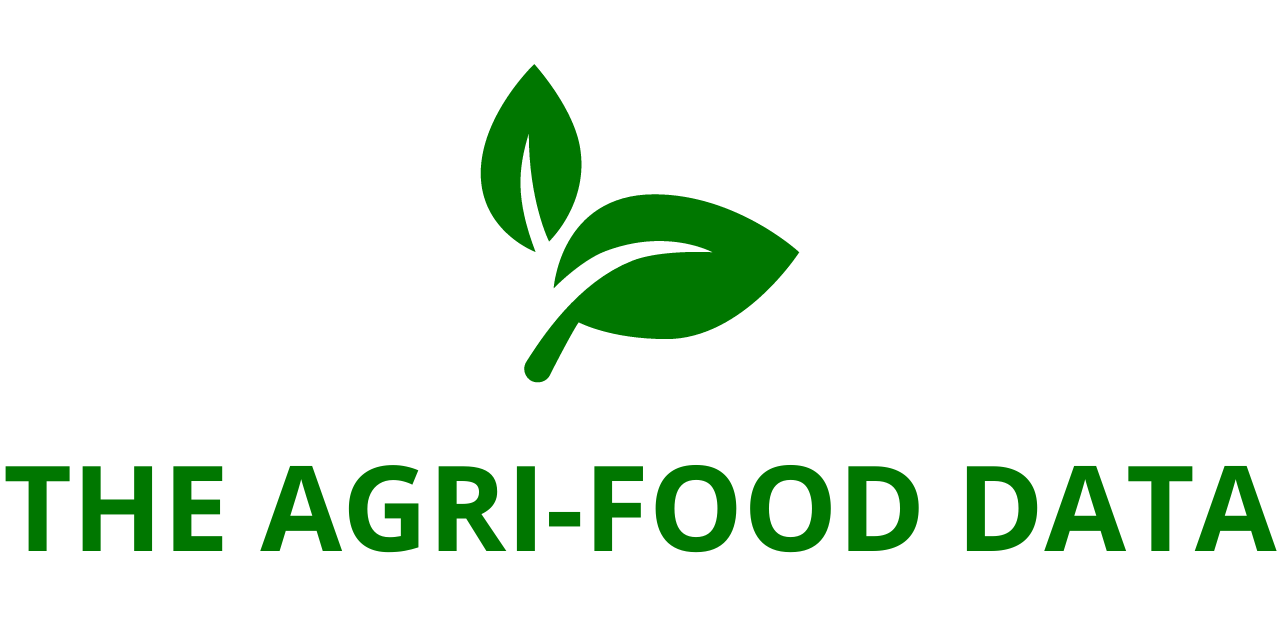
Retaining their Time How Bucks Weave Delivering into Their Everyday Lives
We know that Bucks come to DoorDash for inflexibility and the capability to earn when and where they want. In our former policy exploration blog we explored how time on delivery can change among Bucks and for each individual Clotheshorse over time. The variability we uncovered was grounded on their active time the time from when a Dasher accepts an order until they complete it. We saw that over the course of a quarter, the time that Bucks spend on delivery can vary quite a bit, indeed for Bucks who are largely active. Bucks will frequently take weeks down from the platform at a time and largely active Bucks might dash 2 hours in one week and 26 hours in another.
Bucks can choose when they start and stop, which offers to accept, and to run their own errands or do commodity differently as they estimate which offers to take. This inflexibility is critical, especially when Bucks are juggling other precedences. From our public Dasher check conducted in March, Bucks told us that if flexible work weren’t available, 59 of them would spend lower time minding for loved bones
and 76 would cut back on ménage spending. This might explain why indeed if they were offered some of the benefits and protections swung to workers — 84 of Bucks would not continue to dash if they could not stop whenever they wanted and 80 would not continue to dash if they were not free to turn down orders they did not want to take. Below we see how Bucks work this inflexibility to knitter their experience on the app.
Accepting further offers means lower inactive time
When we look at our data, we see that Bucks accept and decline offers as it makes sense for them. Turning to average Bucks those who spend about 4 hours per week on delivery — we see that their inactive time can significantly vary week- to- week as they accept a lesser or lower share of the offers made to them while they ’re on the app( their acceptance rate). Accordingly, the acceptance rate appears to be a motorist in the overall inactive time they spend on the app. The map below shows the daily exertion for ten arbitrary Bucks who equaled four hours per week on delivery over a quarter. The red bars indicate their total time spent delivering in a given week and the pink bars over show the total inactive time they spent on the app. The top textbook displays how numerous offers each Dasher accepted in total over the quarter. utmost Bucks accept the offers made to them grounded on their requirements and preferences in a given week, and their decision to accept or reject appears to impact the total inactive time they spend on the app. The 34 time old Dasher in Colorado accepting just 7 of their offers incurs much further inactive time than the 21 time old Dasher in Ohio accepting 49 of their offers
Across all Bucks, we can see the relationship between acceptance rate and inactive time on the app more easily as acceptance rate rises, inactive time as a share of overall time on the app falls. In the map below we look at the distribution of Bucks by the share of time on the app they spend not doing deliveries, resolve out by different pails of acceptance rates for all exertion in 2023 Q2. As might be anticipated, Bucks who accepted 20 or lower of their offers generally had a advanced share of inactive time than those who accepted 50 or further of their offers. These Bucks might be on another app, running their own errands or declining offers that may not meet their preferences that day. But indeed a fairly small change in acceptance rate could move the needle — the median inactive time rate for Bucks who accepted between 20 and 50 of offers was 39 vs 56 for Bucks who accepted lower than 20 of their offers.
42 of Bucks said that they do other errands and to- dos while still having the Dasher app open to review offers
But why do Bucks dodge inactive time? From our public Dasher check, we learned that 60 of Bucks combine dashing in some way with other conditioning like running their own errands. This could mean starting a gusto after their grocery run or finishing one before their coming errand. As we ’ve seen, Bucks can and do weave dashing further directly into their particular conditioning and some of this could be during inactive time on the app.
In fact, 25 of Bucks active in 2023 Q2 had opened the app at least formerly for 30 twinkles or further, entered two or further offers, and logged off without accepting or completing a delivery. “ It’s nice to be suitable to jump on and go into the store for myself and pick up a many bucks doing some dashing ” says Carrie, a Dasher in New York and mama of four, “ I ’ll do that perhaps twice a week. ”
numerous Bucks are doing particular conditioning ornon-dashing work alongside their gusto to some degree, and the data shows that these conditioning were generally more current among Bucks with lower acceptance rates than Bucks with advanced acceptance rates
nearly a quarter of Bucks who are parents say that they occasionally or frequently volley/ dropoff their kiddies between deliveries and 27 of pupil Bucks commute or trip to a job or academy while on the app, which is made easier with features like gusto along the Way.
“ Dashing is easy for me, as I ’m driving into city to run errands I can pull up the app and do little dashes then and there. Being suitable to make plutocrat on my own schedule makes it more accessible, ” says JP, a Dasher in California studying to come a paramedic.
Source Link:https://about.doordash.com/






